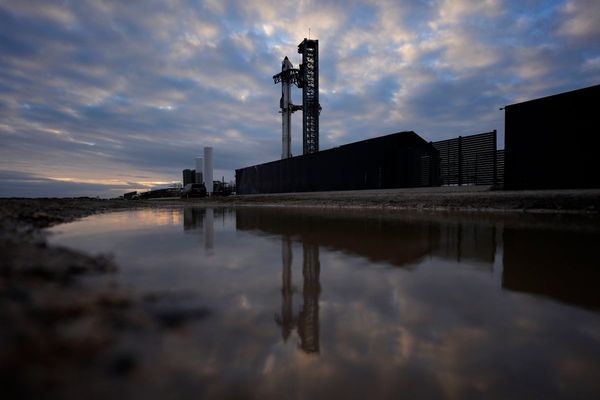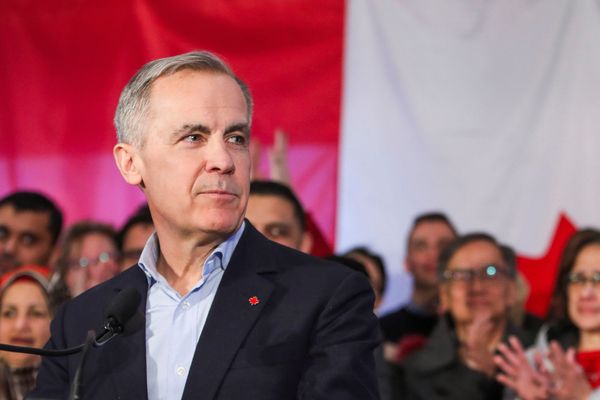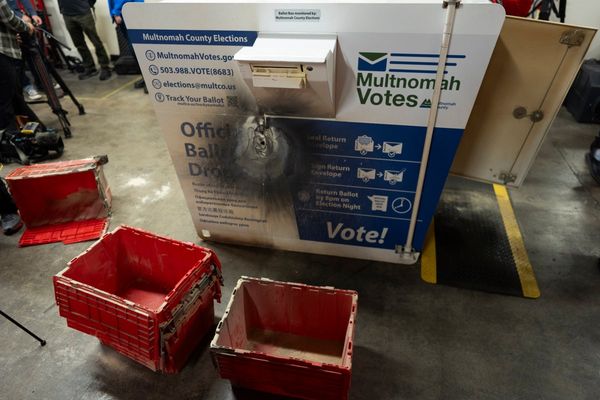
Presumptive Democratic presidential nominee Joe Biden’s choice of Kamala Harris as his running mate has been rightly hailed as historic: If elected, she would be the first female vice president of the United States as well as the first Black woman to hold that office. But what’s getting less attention in global media is the fact that Harris will also be the first vice president of South Asian heritage—and to Indian Americans like myself that is inspiring but also instructive.
How might Harris’s South Asian identity shape a Biden administration’s foreign-policy agenda? To tackle global problems, the United States needs a leader with a global mindset. As the daughter of an immigrant from Chennai, in southern India, it’s likely that Harris will share a perspective on foreign policy that looks at the world’s two largest democracies as critical allies. And while that lens of partnership could play a role in U.S.-China relations, on matters related to immigration, technology, trade, and defense, it will perhaps be most important in confronting the urgent threat of climate change, a challenge that previous U.S. governments have not achieved enough on and that the United States has regressed on under the administration of President Donald Trump.
There are more than 4 million people of Indian origin in the United States, and while they are not a monolith, they share a common heritage and many experiences that shape their perspective. Most are relatively new to the country and retain ties to family and loved ones in India. On the whole, they tend to be a highly educated and scientifically oriented demographic—many Indian immigrants arrived in the United States on H-1B visas for highly skilled tech workers. Indian Americans comprise one of the highest-earning demographics in the United States, with a median household income of around $100,000, according to the Pew Research Center.
These immigrants have generally voted Democratic in recent elections: About 77 percent voted for Hillary Clinton in the 2016 U.S. presidential election. But more importantly, they tend to care deeply about climate change, not only because they believe in science but because they hear the stories of the devastating effects of extreme weather from relatives in India and its neighboring countries. They also know that climate change was the biggest challenge confronting the planet before the coronavirus pandemic and that it will be the biggest challenge facing the world once COVID-19 is—eventually—behind us.
Indian Americans see, perhaps more than most, how the world has changed over the past two decades. When I was growing up, trips with my family to India meant me and my sisters packing ourselves into the single room in my grandmother’s home that had air conditioning. Today, I can order a latte from a Starbucks in Mumbai with the air conditioning blasting so hard it gives me the chills. The growing Indian middle class is an economic miracle in many ways. But Indian Americans also share an acute understanding that if rapidly developing countries like India and China burn cheap coal to fuel their growth the way the United States did, there won’t be a world for children in any country to inherit.
What Indian Americans want is for the United States to lead the path to a clean energy future that serves them at home and also leads to sustainable development abroad. They want an administration that cooperates with India and China on these critical issues and supports policies that improve living conditions around the world.
A Biden-Harris administration would build on the successes of the Obama-Biden administration, undo the damages of the Trump administration, and work to reestablish and strengthen the Paris climate agreement.
Consider also the Trump administration’s policies regarding immigrants. After campaigning on building a medieval wall on the U.S. southern border and banning Muslims, the Trump administration enacted a slew of policies hostile to immigrants from all parts of the world, including India. This summer, the Trump administration suspended H-1B visas, pulling the rug out from under 525,000 workers, most of them of South Asian origin. In every instance, Harris confronted Trump’s nativism, criticizing his policies of putting “babies in cages” and reminding us that “their children are our children,” as well as introducing legislation to remove national caps on H-1B visas that lead to lengthy delays for Indian immigrants seeking green cards.
Indian Americans know—just as a Biden-Harris administration will—that sensible immigration reform will also be integral to addressing major global challenges such as climate change, because the United States cannot lead the world when it is turning its back on its best talent, and because the only way for the country to succeed in building a future resilient to climate change is to welcome those from around the world who have great ideas and the work ethic to make them a reality.
Harris understands these issues personally. Her mother came to the United States to do cancer research and earn her doctorate at the University of California, Berkeley. She is part of the generation of Indians—like my father—who came to the United States because they saw it as a place to learn, a place to grow, a place to improve the world, and a place to work hard and have a good life.
Harris also knows that the only way to solve global problems like climate change, inequality, or the externalities stemming from globalization is to reverse the Trump administration’s policies of retrenching from the world and instead to bring countries closer together. During her own presidential campaign, Harris proposed an unprecedented $10 trillion plan to create a carbon-neutral economy in the United States, alongside billions in aid to countries that meet the goals of the Paris accords. “Climate change is an existential threat to our species, and the United States must lead the world with bold action to safeguard our future and protect our planet,” Harris has said.
Growing up in an immigrant family in Pennsylvania’s coal country, not far from Biden’s hometown of Scranton, I’ve seen the environmental devastation that underlaid the United States’ great postwar expansion, as well as the opportunity that the coal era provided. In Kamala Harris, I see someone who looks like me, who shares in my experiences, and who knows that we simply cannot treat the planet in the future as we have in the past. As an Indian American, as someone who wants to see a safe, prosperous, and healthy world, I can’t wait for her to be my vice president, and I can’t wait to see her represent my country on the world stage.







